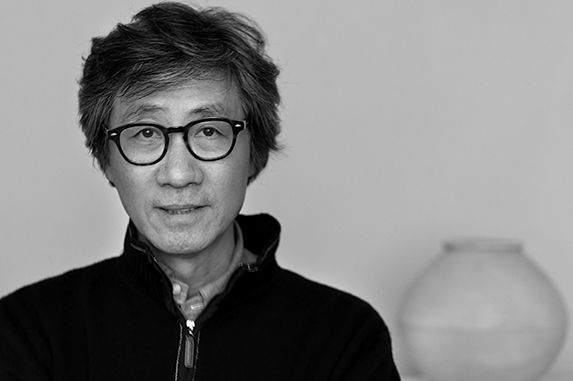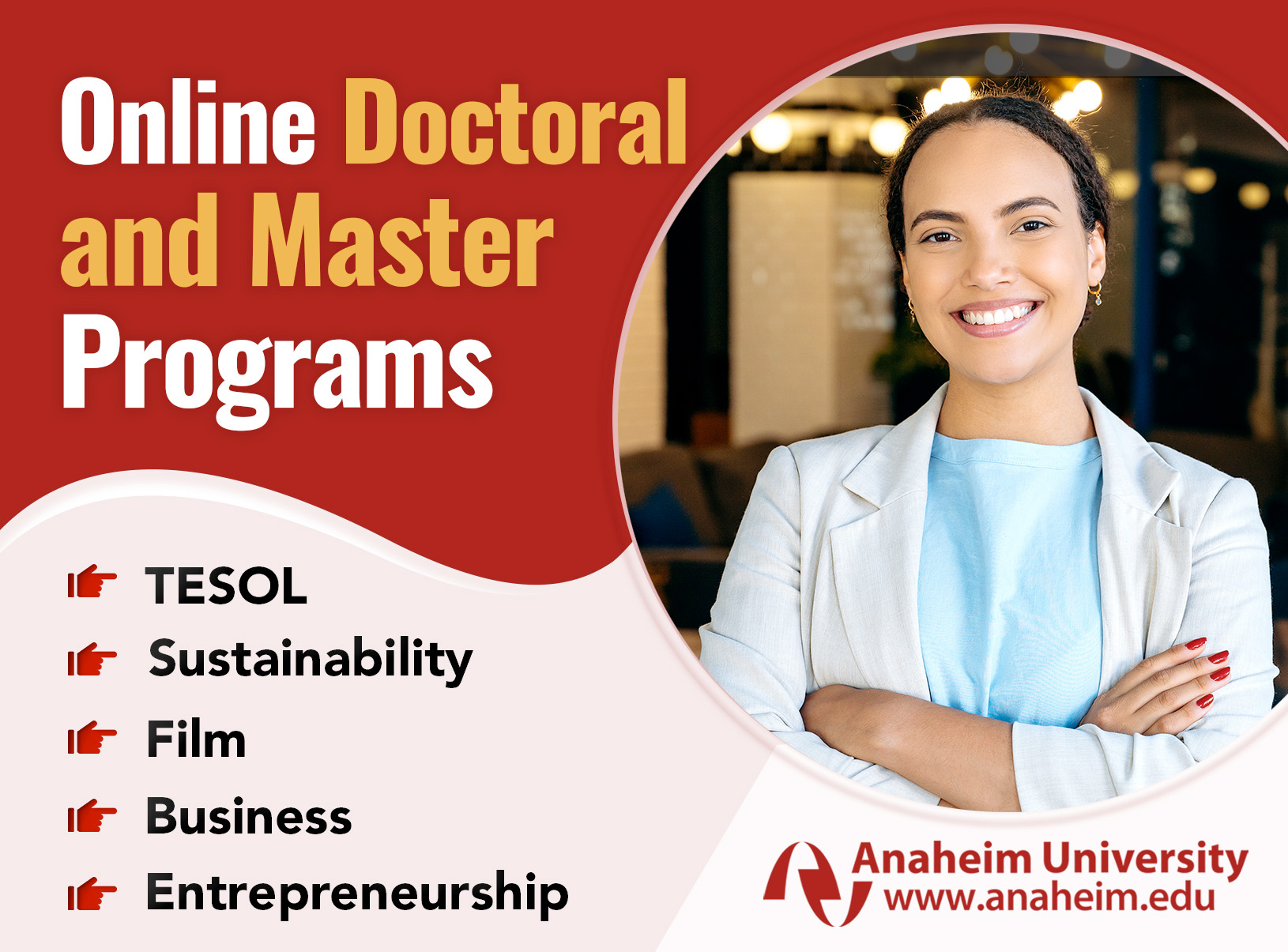Businessman-turned-photographer communicates with his subjects through still-life photography, placing emphasis on sensibility
Korean-born Bohnchang Koo studied at Yonsei University with a major in Business Administration, only to discover that he was not happy as a businessman. When he was younger, Koo enjoyed playing with craftsmanship, but he believed he wasn’t qualified as an artist, so he never insisted on going to art school. After serving the army for three years, he studied in Hamburg, Germany. There, he found his possibilities, talents, and sensibility — a sensibility that was shameful in Korea. Because the students and professors in Germany encouraged his sensibility, he became confident in finding what he wanted to do with his life. What he found was photography. Since discovering his passion, Koo’s works have appeared in over 30 solo exhibitions and he has won three notable awards. Aside from being a professional photographer, Koo was a professor at Kaywon School of Art and Design, Chung Ang University, Seoul Institute of the Arts, and a visiting professor in London Saint Martin School. Seoul Journal executive editor Anthony Al-Jamie spoke with Koo about his photography, how he transitioned from a businessman to a photographer, and what inspirations he gets from other photographers to incorporate into his own works.
SJ: What is it that you love about photography?
KOO :For me, photography is really about “touching the moment” — like a thief. Even in a snapshot on the street or in the case of still life, photography is a moment. We can easily say still life is long-term; we can wait and shoot. However, photography happens in a second—1/25 second. It’s in the moment and on the streets, especially snapshots, we encounter and respond very quickly with the object. Even in still life, the object shows its attraction, but not always. It depends on the time, light, reflection — everything. It’s exciting that photography is just a moment and the photographer is like a thief. I can preserve the images in the negatives, but now it is digital, so I can show it to another person. When they communicate and respond honestly to my work, I am very happy and that makes me want to continue walking forward.
SJ: Are you happy to be doing digital shooting these days?
KOO: To tell you the truth, I like the old analogue camera because for digital, everything’s too quick. Even the camera, like Canon or Nikon, they developed new technologies, but I don’t feel like it’s my own camera. [Laughs]. I don’t know why. 30 or 40 years ago, the analogue camera was a little bit heavier and there’s a different touch. But now, all the digital cameras are a little bit lighter. I don’t feel like it’s my own camera. It’s very comfortable and easy to decide, even to throw away. In the old negatives and analogue, I didn’t throw away my 40-year-old slides or negatives. But in digital, we just throw [it] away in the garbage very easily as everybody does. The digital camera gives, on one side, spontaneous and easy results but on the other some kind of “deepness” or relation with objects. I have a more old-styled camera, that’s true, but I use digital cameras also.
SJ: Do you use your old-styled camera often?
KOO: Only in the case of special series that I need it large for my camera, especially when I need black and white photos. I also use the traveling, digital camera.
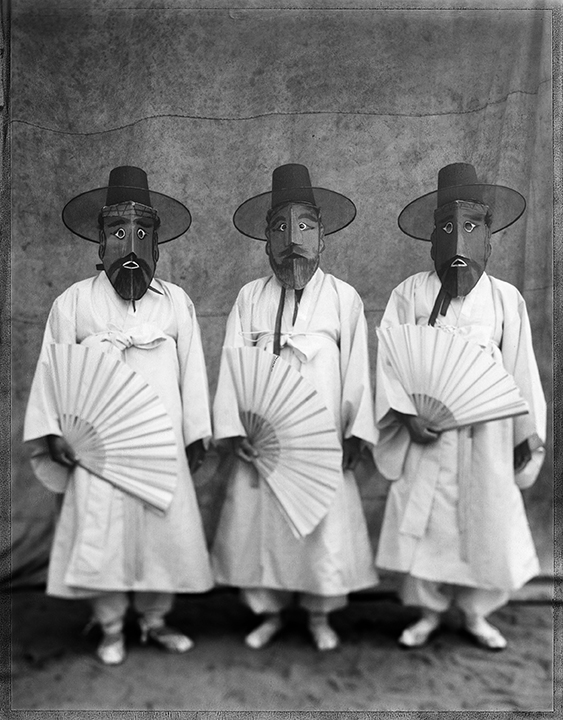
SJ: I noticed that you like black and white a lot. What attracts you to black and white?
KOO: Black and white makes us see everything in a more abstract and minimal way. It makes us feel calmer. I like black and white because, even with the attraction of color, the body or object itself can go more closely, I think.
SJ: Does the environment around you inspire you much? Does that have a lot to do with your photography?
KOO: In my case, sure — I’m influenced by the environment, but not a lot. For example, I lived near nature, so then I did a lot of nature or environment images. Right now, I’m more interested in objects with history — more still life. If you see my series of Korean porcelains, I spent almost 10 years to finish because some Korean porcelainswere withheld by Japanese occupation. A lot of the porcelains were collected in Japan and also some other places in European and American museums through the collectors. I try to visit many important museums in the world, including Korea. I visited 16 museums and I collected Korean porcelains from the Lee Dynasty—15th-17th century. I collect with my camera. I am interested in gold [laughs], so it is a surprising theme. Gold as a symbol for desire; I’m interested in objects made in gold. Any history-related objects, I’m interested in because all of these objects of desire create wars or conflicts between two races. It could be a symbol for desire but in a lot of ways, a symbol for fighting each other. I’m just surveying and looking forward to shooting these actually.
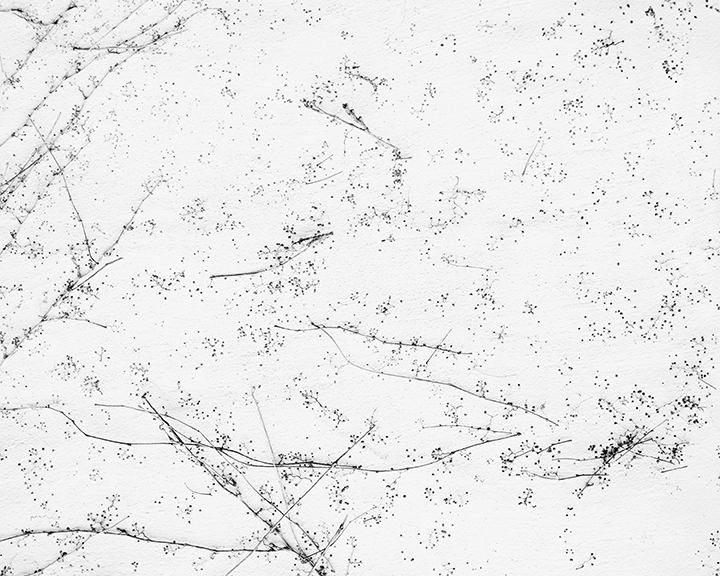
SJ: How do you select what you’re going to shoot next?
RYU:I listen to TV news, newspapers, and magazines. I usually collect a lot of images appearing in the stories that I’m interested in. It takes a lot of time surveying, so even meeting an interesting person I get inspiration. Many subjects I preserve in my memories — like in my photos or computer. Sometimes I’m doing one-by-one, and in each one, I’m giving my energy in some ways. I went to Lima, Peru, and in Lima I was lucky I contacted the museum of gold so I could promote gold pictures in the museum. That way, it gives more motivation to walk deeper. Between my themes or subjects that I want to keep working on, sometimes it happens during my journey or through somebody’s introduction. I spend more energy and invest more time in doing this subject.
SJ: You travel a lot, don’t you?
KOO: [Laughs]. Yes, I travel a lot in the case of workshops or exhibitions. Traveling is always a big inspiration to see a different culture and meet new people.
SJ:Do you have a favorite place that you’ve traveled to?
KOO: : Every place has its own affections. It’s difficult to say a favorite place [laughs].
SJ: Where would you like to travel to?
KOO: Where I want to go is China. In Asia —China, Japan, and Korea and even South Pacific — there are a lot of Asian countries. For us, China is close but again far away. Since they opened, we had a chance to visit, but Chinese culture for me is very deeply influenced for Koreans. I would like to learn more about China and I think it’s very interesting to survey more. Until now, I only had a chance to visit the city, but I would like to travel to smaller, different countries.
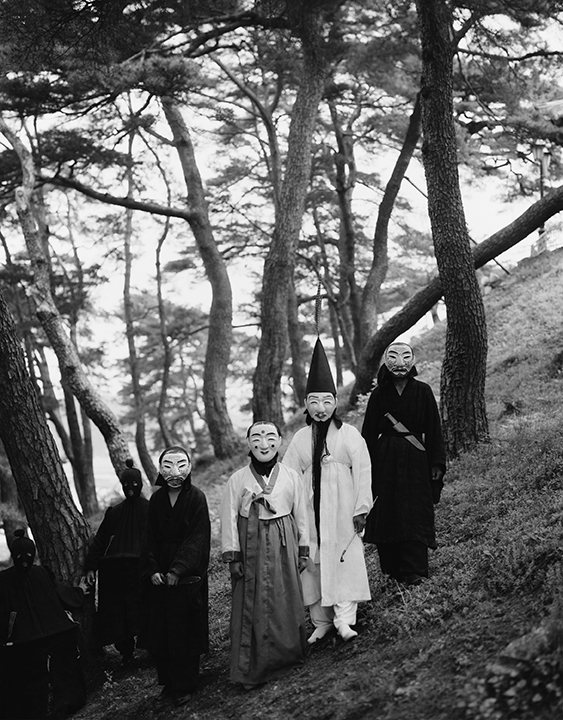
SJ: How do you describe your photography? What’s unique about your style?
KOO:You should hear what critics have to say instead of me. I’m interested in the traces of time preserved in objects, landscapes, or people. I would like to take a picture of the history of one person, nature, or object. Something rich contains history and story, and I would like to catch the moment. I would also like to transmit to another person. My photography is not so much of a documentary or journalistic images, but somebody who has a sensibility, who has a similar observation of one object, or similar loneliness or negative moment that they could communicate with my images.
SJ: Is there something about your photography that is uniquely Korean?
KOO: In Korean sensibility, we cannot only say one side. The Korean government is trying to go for a dynamic Korea — technology, colorful dynamic. From 17th-18th century, they have pure and gem philosophy. We enjoy the emptiness, calmness, and quietness. For Korea, it’s for the older—end of 19th century and end of Japanese occupation. Korean war, industrialization — we changed a lot. For my taste, I’m looking for most philosophical or style of life in sensibility that we had at the end of 18th, 19th century. We should be modest, not showing off too much. Just enjoy simplicity. I’m more interested in our perceived beauty, the way we enjoy beauty and lifestyle. I think in Korea, the Lee Dynasty and upper class really enjoyed this kind of sensibility. In my case, people around my age or my education or parents like this sensibility of Korean character. But, I’m sure the young generation like to express more dynamic Korea. I would like to wake up with our lost sensibility. The time that we enjoy quietness and emptiness…many European people think the Japanese have only tea ceremonies, but I’m sure that in Korea, there was a lot of people who enjoyed that sensibility.
SJ: How do you think that will be good for Korea?
KOO: Not only me, but there are also some other cultures interested in people. They also know how to enjoy these kinds of things. I think through my photography, I can show a good amount of beauty and Korea lost. I really think about that. I’m sure the influence was for some people who didn’t notice the beauty of this kind of simplicity. I’m sure through the photography or exhibition or explanation, they come and enjoy what they didn’t notice, even the beauty, for example, our vessel that we didn’t notice. Only some rich people could hold them their homes and enjoy for themselves. But through my pictures, in the magazine and exhibitions, it could be once again, promoted to many people that we have this sensibility. I’m sure that the public could also enjoy, wake again, and feel this.
SJ:Can photography be learned, or does the person have to have a natural talent?
KOO: I’m sure it could be learned but that’s techniques. Most important is observation and sensibility, and surely, through years and years, it’s how we preserve the objects and situations. I’m sure we’re learning on both sides, but first, personality is also very important, not only technique. All photography recollects somebody’s history or sensibility. Who photographed that subject? It all reflects that person. The photographer and his photography, you can say it reflects all that.
SJ: Is there a particular process that you go through to prepare yourself before you do a photo shoot? Is there some ritual that you follow?
KOO:In Korea, for example, someone who picked up wild ginseng in the mountain, they spend three nights with the ladies and wake up and bathe in a stream of quietness—like a ritual ceremony to find a pure, wild ginseng. It’s hidden in the mountains.Sometimes I really wish to meet the spirits of the objects. If I have an important shooting, then I try to indulge myself to only think about that object. Sometimes it’s a city, but I hope I dream that object in my dream. It’s true. When I shoot with a famous actress or the most important investor in the world, then all night I think about it and indulge myself. We need that, I think [laughs]. For example, sometimes the curator doesn’t want me to touch the vessel because it’s very important for their museum collection. There was one time a curator was absent and I touched it and hugged the big ball to ask the ball to give its spirit to my negatives. My whole heart and energy, I wish to give to the object and wish to receive the same. Maybe that’s my way of doing things. There are many cases that I meet something on the street like snapshots; it doesn’t happen with people.
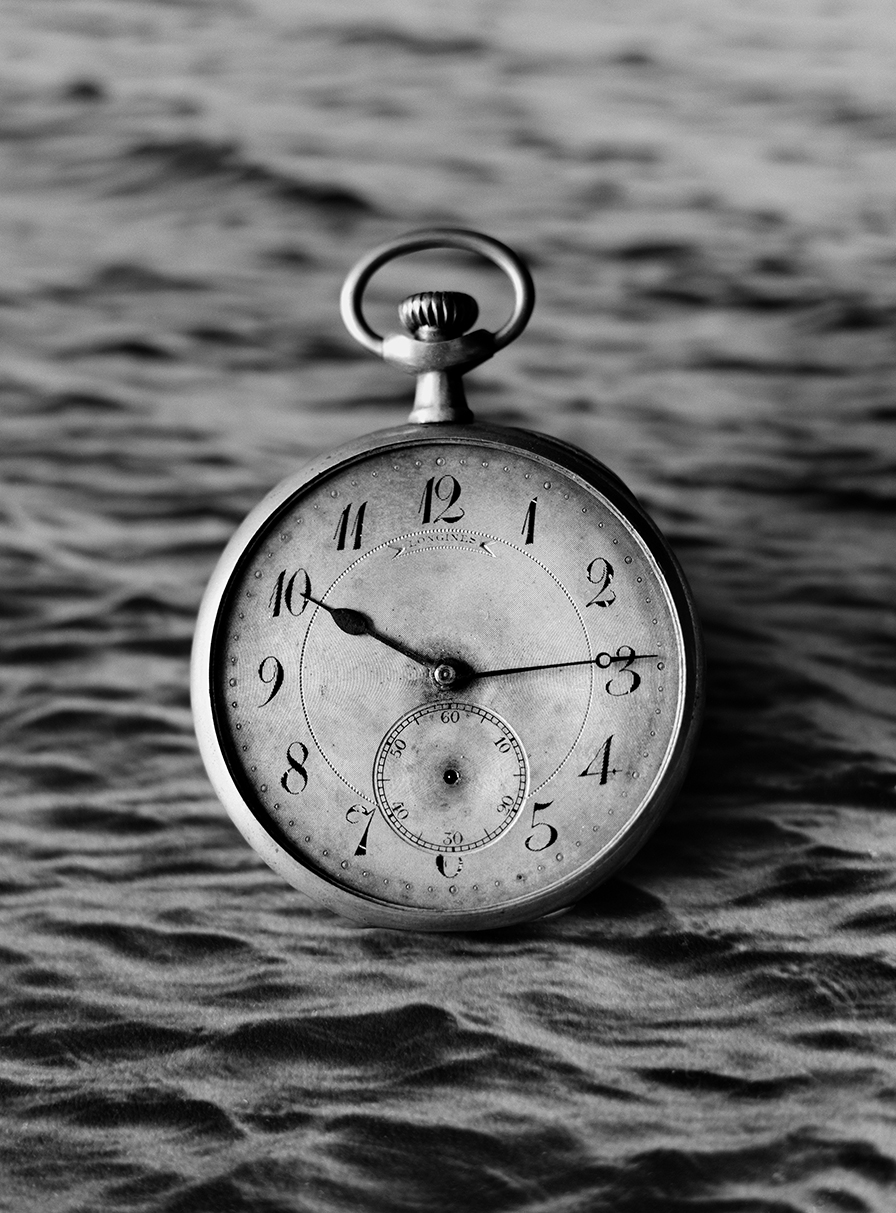
SJ: You have a strong passion about your photography. What about teaching photography? Do you feel the same kind of passion when you teach?
KOO: Sure, I have a passion because I was a student of business administration. When somebody gave me a good word like “You are talented” or “You can do it this way or that way,” then maybe I could have easily found my way into photography. In my case, I’m happy when I meet students who are very talented but don’t know how to do it yet. I’m very happy to give them advice, and when the student finds his or her way to go farther, it’s very joyous for me. During my childhood, I was not noticeable. Not many people observed or looked at my talent or sensibility or what I’m doing, so I needed somebody to give advice for me for my life. Now I’m in the position that I can teach somebody, so I’m happy when I go to school to give some life to the student who is “in the shade.”
SJ:You’re teaching in Daegu. Are you teaching at any foreign universities?
KOO: In Germany for summer school, twice. In France, there is a Master test. One time, I was invited to the Master test and in Lima, I was invited so I took workshops with 18 students.
SJ: What is the most common advice that you find yourself giving to your students?
KOO:When they have special character and sensibility, I think they should go on, although life doesn’t welcome us every time. We should go through all the difficulties. We have wills in our lives. I should be able to do it myself. One of my favorite sentences is a Chinese phrase: “There are two things; one is the small stream in the garden and flows into the big sea. A small tree or very small plants in my garden grow up to peak into the sky.” Not only the big tree, but also the small plants will grow up vertically. It is going to reach the sky or the sea. We have a small start, but one day, we’ll reach the sky, we’ll reach the sea. Another thing is, there is a novel of the human bonding and the sentence I still remember: “Everyone is weaving their own tapestry. It doesn’t matter what kind of pattern or color, but everybody is weaving his or her own tapestry.” Life is a trial; it could not be unfinished. It’s very touching for me, so I give the students this advice. You don’t need to be the best in tapestry; just do what you can.
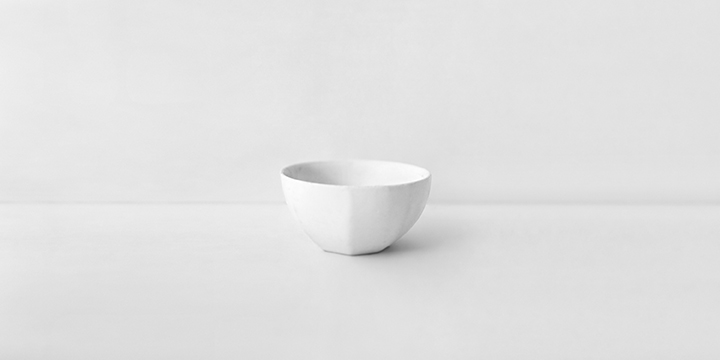
SJ: Is there someone who gave you this kind of insight when you were younger?
KOO: Actually, I got it through reading literature and studying in Germany.I met some professors...There’s some kind of philosophical advice that I picked up while studying in Germany.
SJ: What do you hope that people feel when they look at your photos?
KOO:I hope my photography will wake their memories. When they have a similar feeling with the motif of the picture, I hope that they can feel sympathy or love for the objects.
SJ: Is there a type of photography that you’ve never had the opportunity to be involved in professionally that you want to do?
KOO:No, I couldn’t do it. I was picked a lot, but I could not do it with my character or power. I was impressed or shocked by community prize or world principle photography. This kind of photography is put in a bad environment or combat scenes. It’s really touching and I’m very shocked with all the scenes in our life, our world. I admire what they’re doing, but I’m not skilled and I cannot do that. I respect their works. I cannot do that because I cannot go to the Middle East or to a bad environment. What they have done, I would give a lot of respect. I’m not against it, but I cannot do it.
SJ: Do you work with an assistant or do you work by yourself?
KOO:If it’s an assignment and I need help to carry the tripod or a bigger camera, I need an assistant. Otherwise, I usually enjoy shooting by myself. Even for the still life at home, I can look at more quietness and personable time.
SJ: Are you enjoying photography more than you did when you were younger or less?
KOO:More, I think. It’s still the same but more. Otherwise, I would’ve given up and stayed a teacher. I’m still very happy to capture things with the camera and make prints. It’s always exciting, so I’m very happy to work as a photographer.
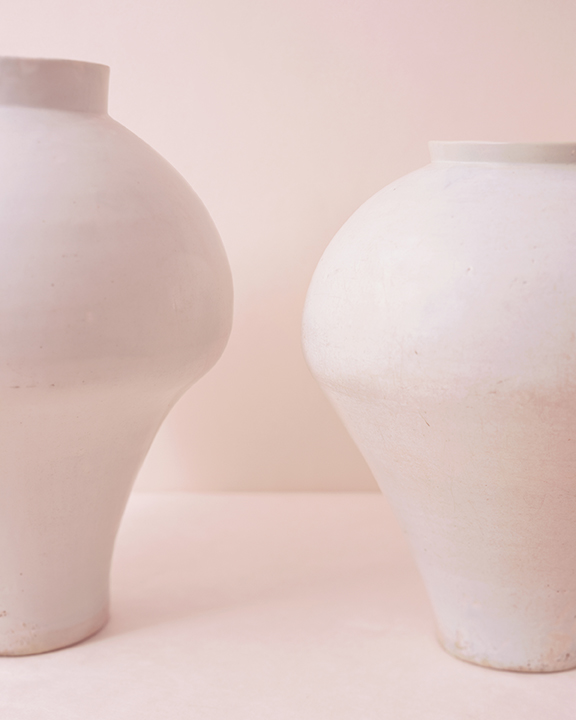
SJ: You traveled to Japan many times, right? Is there something unique or different about the sensibility of Japanese to Korean?
KOO:Yes, there’s a similarity but also a big difference. The character and personality is very different. Korea is rougher and Japan is more disciplined or trained. For example, I enjoy being in Japan as a guest because I’m being treated as a guest. I feel very comfortable and welcome because they help us. And also in Tokyo, although I couldn’t go to New York or Paris, in the nice bookshop, I could get most of the information that I need in the world. They try to get as much information as they can with what’s going on in the world.
SJ: What’s your favorite bookshop in Tokyo?
KOO::[Laughs]. I’m sure everybody would say Daikanyama and also I enjoy Aoyama Book Center. These are the few places I go and take a look. I also enjoy very small shops where they sell antiques and special books. There is a secondhand bookshop in Ebisu. There are very interesting books. The area is also interesting and inspiring. The shop owners do the best to show off and present. I enjoy their carefulness and welcome of guests, so it’s always nice to go there. With similarity, in Asia, we have similar feelings. Japan enjoys Zen and we also enjoy it in Korea. Not so precisely like Japan, but in the streets. Just because Korea is so rough and not so organized perfectly, maybe some of theJapanese enjoy Korean style because in Korea, maybe they could breathe freely. In Japan, everything is too organized and perfect. The Korean way is a little open. During Japanese occupation, the Japanese bought and took many Korean vessels because they’re not so perfectly round or symmetrical as Japanese or Chinese because Koreans are more hand-made. Each one has a character of Korean vessel. Many Japanese and Chinese things are factory-made style because it’s bought by European countries. But in Korea, we didn’t export; we just made it for upper class. So each one has character and not perfect. This little difference of perfection and imperfection is how Japan is quite not similar to Korea
SJ: Are there any photographers or artists whom you want to collaborate with?
KOO:I didn’t think about collaboration but sure, there are some artists or photographers I admire. If there is a chance to do it, I would be glad to work with a photographer with similar ideas or sensibilities.
SJ: Have you brought your art to Los Angeles?
KOO:I only had one exhibition in Los Angeles, but in San Francisco I’ve had more. They have some of my works and San Francisco Airport showed my video works and series last year.
SJ:Do you hope to exhibit in L.A. and New York in the future then?
KOO: I hope so. In New York, I did some works until 2010. I did exhibitions several times but I didn’t have a gallery. When I visit Los Angeles,it’s different. This area has more lights and it’s different. Actually, I had a solo show at the Museum of San Diego. It was a very nice place, Balboa Park. This was maybe 2007 or 2008.
SJ: What motivates you to keep going right now in your career?
KOO:Curiosity. I’m curious for new subjects. To learn more about something is what keeps me interested. For instance, shooting gold, I read the history about gold. I read about Peru and Spain, but before and after, how gold in Europe changed the European economy—everything I survey, it’s really interesting to find out unexplored beauty or wisdom. For example, there are some nice objects I didn’t know about. It’s nice to capture in my image file and show it to someone, and make it my own object. It’s very stimulating.
SJ:Do you speak any other foreign language besides English?
KOO:German and simple Japanese.
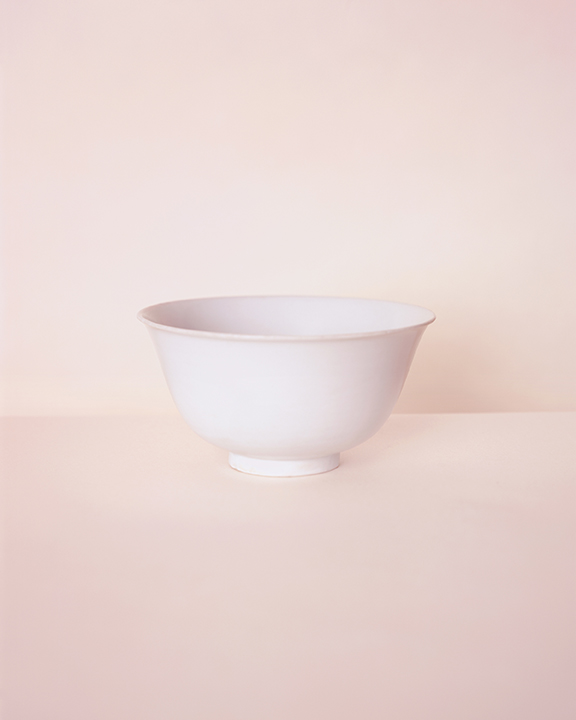
SJ: So is your German still good? Do you use your German often?
KOO:Yeah, but not so often. I still have some friends and when we travel, we make phone calls or write emails. I’m happy at least that I speak German. So when I arrive in Frankfurt for transit, how I hear the German language, it makes me feel at home.
SJ: Was your family supportive of your decision?
KOO:At first, my father was very against my decision but then at least he was supportive and transferred some money. Unfortunately, during my studies, my mother died and I came back. Soon, my father had Alzheimer’s so he couldn’t find out that I became a little bit successful as a photographer. So he died without knowing that I became a photographer.
SJ: How about other family members? Do you have brothers and sisters?
KOO:Yes, I have two brothers and two sisters.They are very happy that I became successful, but at first, after Germany, my brither and sisters had to lend me money. I didn’t have any proper job so it was difficult to survive. As I borrowed the money, they said, “Why did you change your job? You should be a businessman but you became a photographer and now you’re trying to borrow money?” They scolded me but now they changed and they’re proud. For me, it’s thanks to God. When I first found what I could do with my life in Germany, I was happy enough there. During my studies in Korea, I was not happy and I didn’t know what to do. What is the worth or value in my life in Korea? I didn’t know that. But I just found my possibility in Germany through professors and friends. I was really happy to be there.
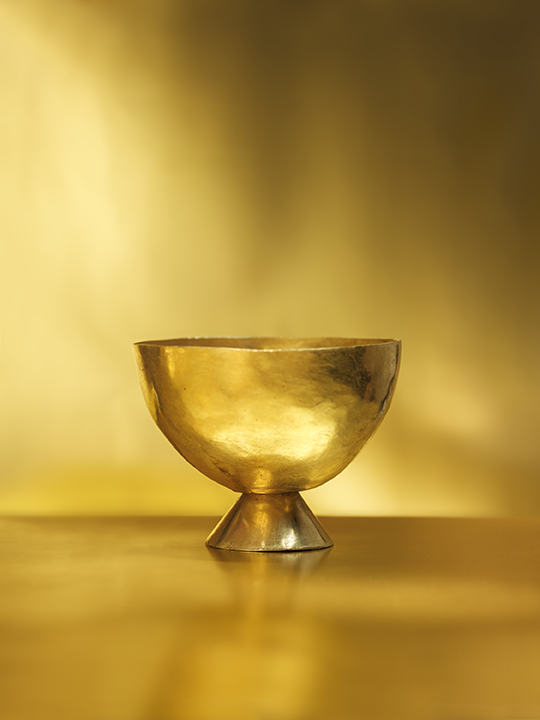
SJ: : Do you think that speaking English and German have helped you in your life?
KOO:Yes, a lot. Even English is very important. When I travel without communicating with people one-by-one, it’s really difficult to understand each other. But when we at least understand what we want to do, it’s really important to communicate with foreign people. In Korea, for example, I introduced Korean photography to other countries, even America. It was all happening because I could speak English. For any curator in Korean, they tried to organize the show. I had some experience abroad. That chance came to me that I could introduce Korean photography to other countries. It’s necessary that I speak English. To enter the big business company, everyone should learn English conversation as a basis.
SJ: What advice would you give to a new photographer anywhere in the world who’s questioning themselves right now?
KOO:Everybody is doing photography but not in development — the time and lighting. Making a wonderful picture is so easy but so difficult. If somebody wants to be a photographer, he or she needs to have a unique eye, something different compared to the work of other photographers. It’s very necessary. Technically, there are enough photographers in the world. We need somebody who has an idea or vision. It’s important now than 10 years ago. What is his or her purpose of the picture? It’s an important concept.



